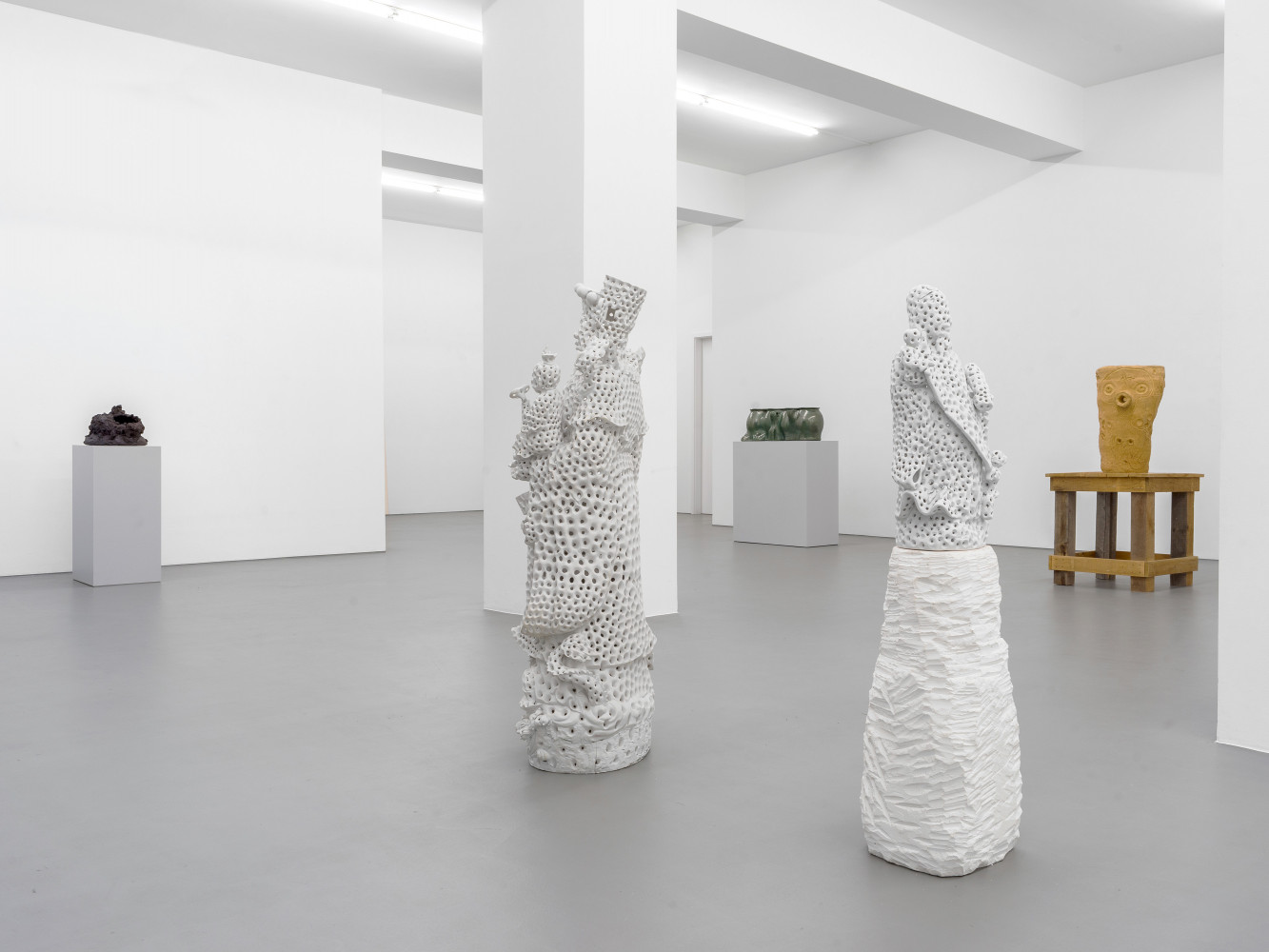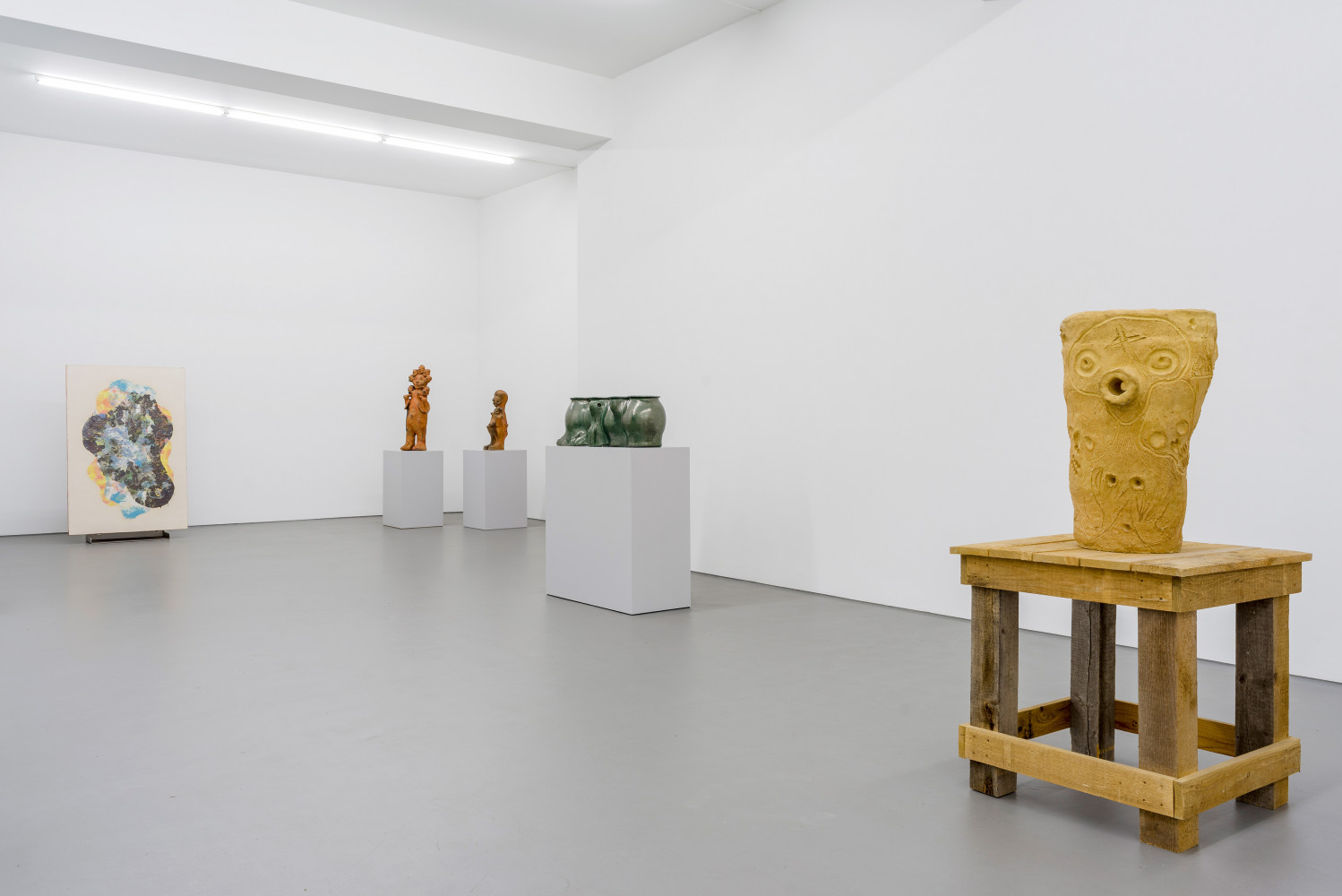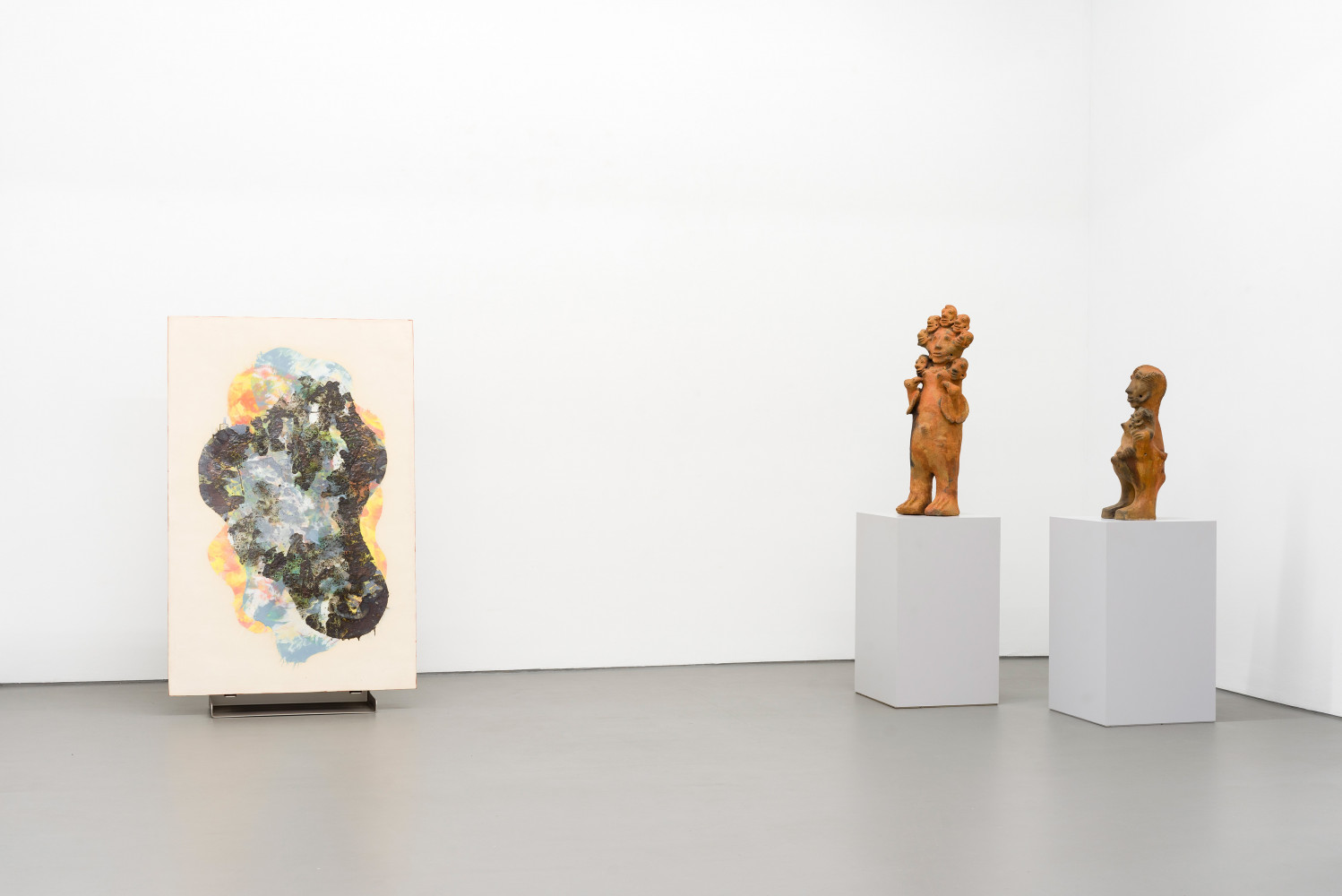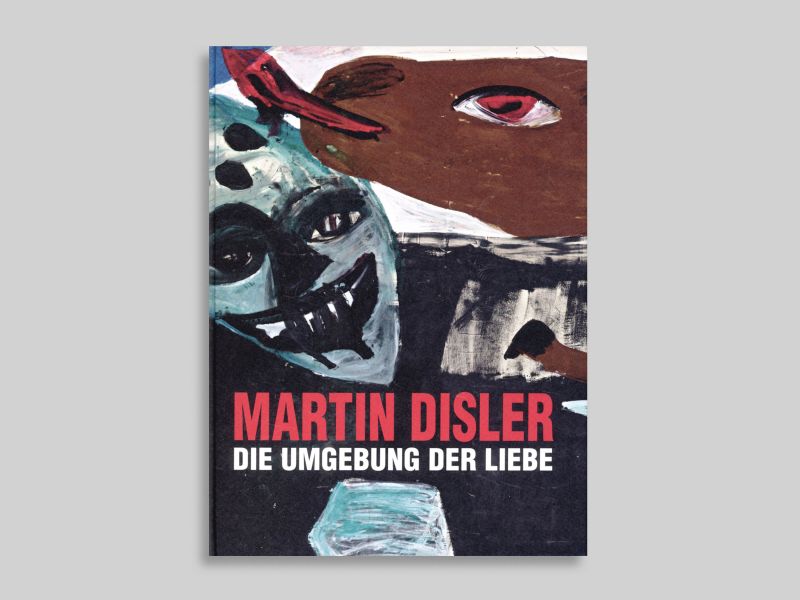
Keramik Seyni Awa Camara, Tony Cragg, Richard Deacon, Martin Disler, Bettina Pousttchi, Rosemarie Trockel, Masaomi Yasunaga
With Keramik, the Buchmann Galerie presents an exhibition of ceramic sculptures by seven artists who have each made a significant contribution to the field of contemporary ceramic art: Seyni Awa Camara, Tony Cragg, Richard Deacon, Martin Disler, Bettina Pousttchi, Rosemarie Trockel and Masaomi Yasunaga.
Dating back to the Palaeolithic period around 24,000 BCE, ceramic art is one of the earliest forms of cultural expression. Ceramic materials have always been used for decorative and utilitarian purposes as well as for pure artistic expression, lending the medium an ambivalence that visual artists have so often found in their relationship to it. Too closely associated with craft and design for some, others have found ways to use ceramics and transform them into modes of free artistic expression. Both artists’ embrace of the ceramic arts and their rejection of it have happened in the context of the many artistic phases since 20th-century modernism. Today, ceramics are once again in focus despite the conclusiveness of the global digitization of our lived environment. Although they have found their way into aviation and medical technologies, the originality of ceramic materials and the archaic nature of their processing, which has not changed significantly since its inception, appears like a counter-image to an artificial world of pixels and algorithms.
Exhibitions such as The Flames at the Musée d’art Moderne in Paris in 2021 or Toucher Terre at the Fondation Villa Datris in 2022 have each engaged this wide range of ceramic referents. The exhibition Keramik at the Buchmann Galerie focuses on the work of artists whose ceramic experiments go beyond the materials’ utilitarian connotations, instead exploring the technical limits imposed by each substance and its application. Visitors to the exhibition will have the opportunity to see ceramic sculptures from large-scale installations to smaller, more intimate works.
Initiated as a child into traditional ceramic techniques by her mother, the practice of Seyni Awa Camara (b. 1945 in Bignona, Senegal) quickly moved away from the utilitarian to the artistic. Camara has evolved her own distinct and expressive form of sculpture in which she creates works that range in size from just over 40 centimetres to a more totemic scale of up to 180 centimetres tall. Modelled by hand, the sculptures are fired on a wooden pyre in the yard in front of the artist’s house, sometimes adding ore or treating the clay with putrefied tree pods to create a burnished finish on the surface of the terracotta. Camara’s figurative work is based on legends, observation, objects and landscapes as well as on her own personal experiences.
The glazed sculpture In Camera by Tony Cragg (b. 1949 in Liverpool, UK) and the sandblasted white porcelain sculpture Silent Conversation – featuring two figurines of Chinese noblemen – explore the possibilities of form and texture with dissonant results. Protected by a thick metallic glaze, In Camera reminds one of some unknown piece of machinery whose function remains open. This invented form contrasts with the two found decorative porcelain figures of Silent Conversation and the perforated white surfaces that highlight the fragility of their material. A peculiar silence is inherent in this latter sculpture, which seems like a contrast to the strong rhythmical form of In Camera.
The work Flat 59 by Richard Deacon (b. 1949 in Bangor, Wales, UK) is a large, flat rectangular plate of fired ceramic material, which leans against a stand like an unhung full-size mirror or large picture frame. The plate’s size and technical perfection is exceptional. Deacon combines the minimalist form with an expressive and painterly glaze of many colours, surrounded by a thin red glaze around the edges. This contrast accentuates the object’s invocation of boundaries and lines of demarcation.
Martin Disler (1949, Seewen, Switzerland–1996, Geneva, Switzerland) has always evinced a fascination with ancient legends and myths. In Disler’s works, the expression of life, love and death plays a central role, as is the case in this large terracotta vase. Drawings of skulls and faces were scratched into the wet clay and remain as traces of the artist’s hand, even after being fired.
The sculptures of Bettina Pousttchi (b. 1971 in Mainz, Germany) often reference architecture and its social implications. Stemming from the artist’s interest in transforming functional objects, these works take inspiration from architectural cornice stones whilst utilizing a dense coloured glaze. In the use of prefabricated modules lies a conceptual connection to Minimal Art and a reference also to Marcel Duchamp’s Readymades.
Like much of her oeuvre, Rosemarie Trockel’s (b. 1952 in Schwerte, Germany) intricate and visually captivating ceramic works engage with themes of gender and identity. She plays with traditional forms and techniques – one sculpture is completely covered by black and white glazes while the other work remains unglazed – creating abstract shapes that challenge the viewer’s imagination. The evocative work entitled Kinderkrippe inspires an array of associations, displaying openly visible traces of the artist’s fingers that show the force and energy with which the material was modelled.
The inventive works by Masaomi Yasunaga (b. 1982 in Osaka Prefecture, Japan) challenge the presumed functionality of the materials used in ceramic art, thus advancing its sculptural directive. His most recent works cannot technically be categorized as ceramic, as there is no clay present in his finished forms. Unlike pottery, usually made of clay and finished with a glazed surface, Yasunaga sculpts glaze as the primary material of his objects that are pit-fired, buried in sand and combined with unique raw materials such as feldspar, glass and metal powders. The viscous glaze melts, collapses and aggregates with these materials, hardening to a stone-like consistency in the kiln. The resulting objects, mostly non-functional vessels, shells and empty containers, have the appearance of lost and found archaeological relics.
Please feel free to contact the gallery for more information on the artists or images of the works in the exhibition.

Tony Cragg
Born 1949 in Liverpool. Lives and works in Wuppertal, Germany.
Martin Disler
born 1949 in Seewen/CH, died 1996 in Geneva.
Bettina Pousttchi
Born 1971 in Mainz. Lives and works in Berlin.































